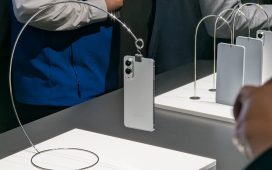BMW’s B48 engine is currently the most ubiquitous power plant in the automaker’s lineup. A successor to the highly-regarded BMW Prince engine, this turbocharged inline-four has earned a reputation for its versatility, efficiency, and engaging performance, making it a staple across the BMW range and even a few unexpected platforms. In the US, one car uniquely showcases this engine in its purest form: the BMW Z4 Roadster.
The German two-seater roadster, with its rear-wheel-drive layout and focus on unfiltered driving enjoyment, is among the few of its kind in an era dominated by SUVs, crossovers, and electrification. The Z4’s partnership with the B48 engine cements its status as a standout in today’s sports car market, being the only sports car in the market to use this power plant.
There are sporty cars and then there are genuine sports cars. We define sports cars as vehicles designed purely for fun, with practicality thrown out the window. That’s why the BMW 230i and 430i were not included in this list, becuase they do not fit the classic definition of a sports car.
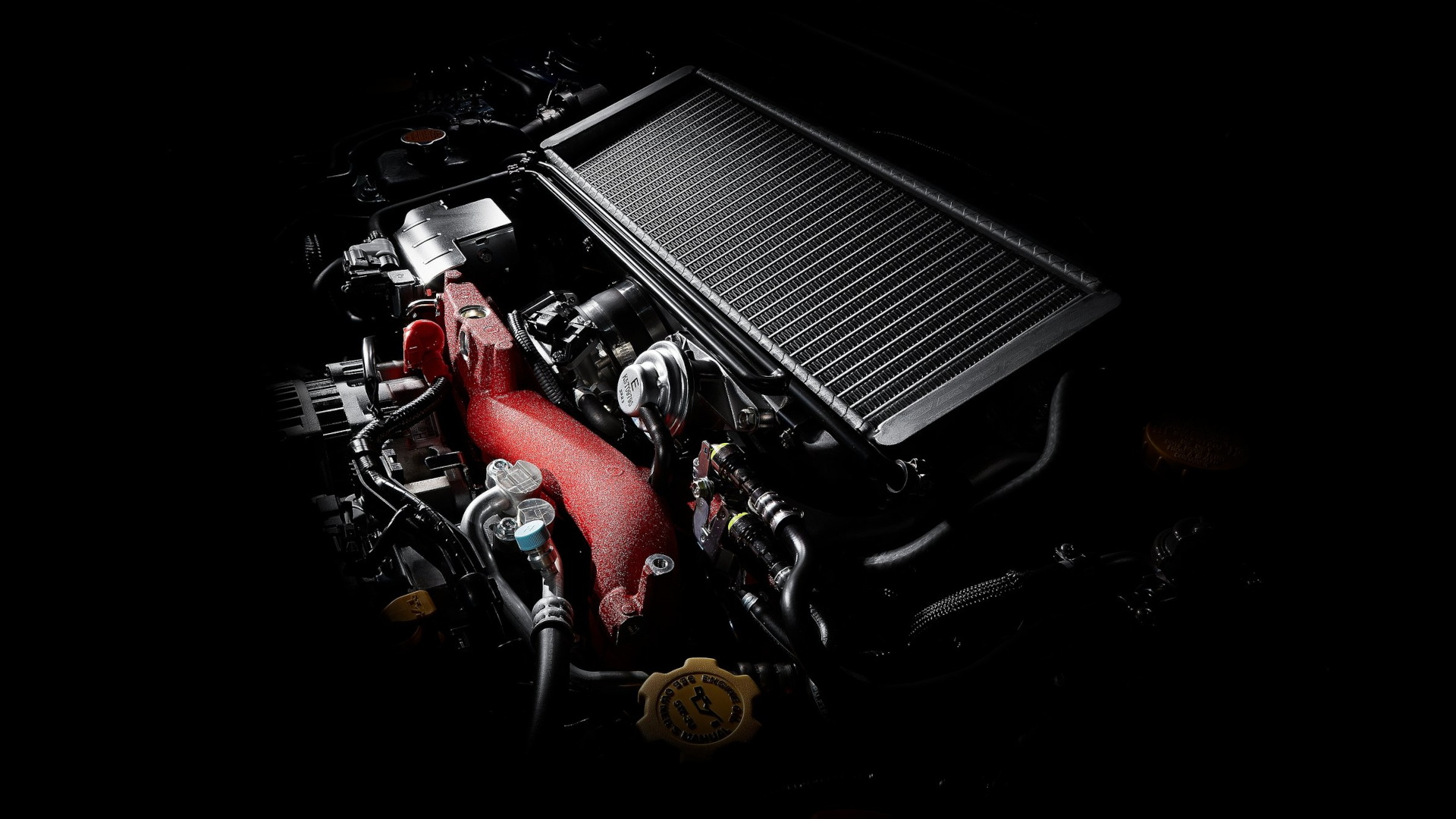
Related
The 10 Most Reliable Turbocharged Engines Ever Made
These are the ten most reliable turbocharged engines that can be pushed to the limit and will last a lifetime if well-maintained
What Is A Sports Car?
Before diving into the specifics of the Z4, let’s clarify what constitutes a sports car. At its core, a sports car is designed for one thing: driving enjoyment. It has two doors, prioritizes agility and performance, and often sacrifices practicality for the sake of fun. Forget about rear seats, cargo space, or decent ground clearance. A real sports car is about connecting the driver to the road and delivering thrills through corners and straightaways alike.
The focus on driving dynamics sets sports cars apart from the more practical “sporty” cars that dominate today’s market. While exemplary hot hatches and performance sedans may offer speed and handling, they’re built with compromises that dilute the experience. A true sports car – like the Z4 – rejects those compromises and focuses on passion. And in the case of the Z4, that passion comes with a uniquely German flavor.
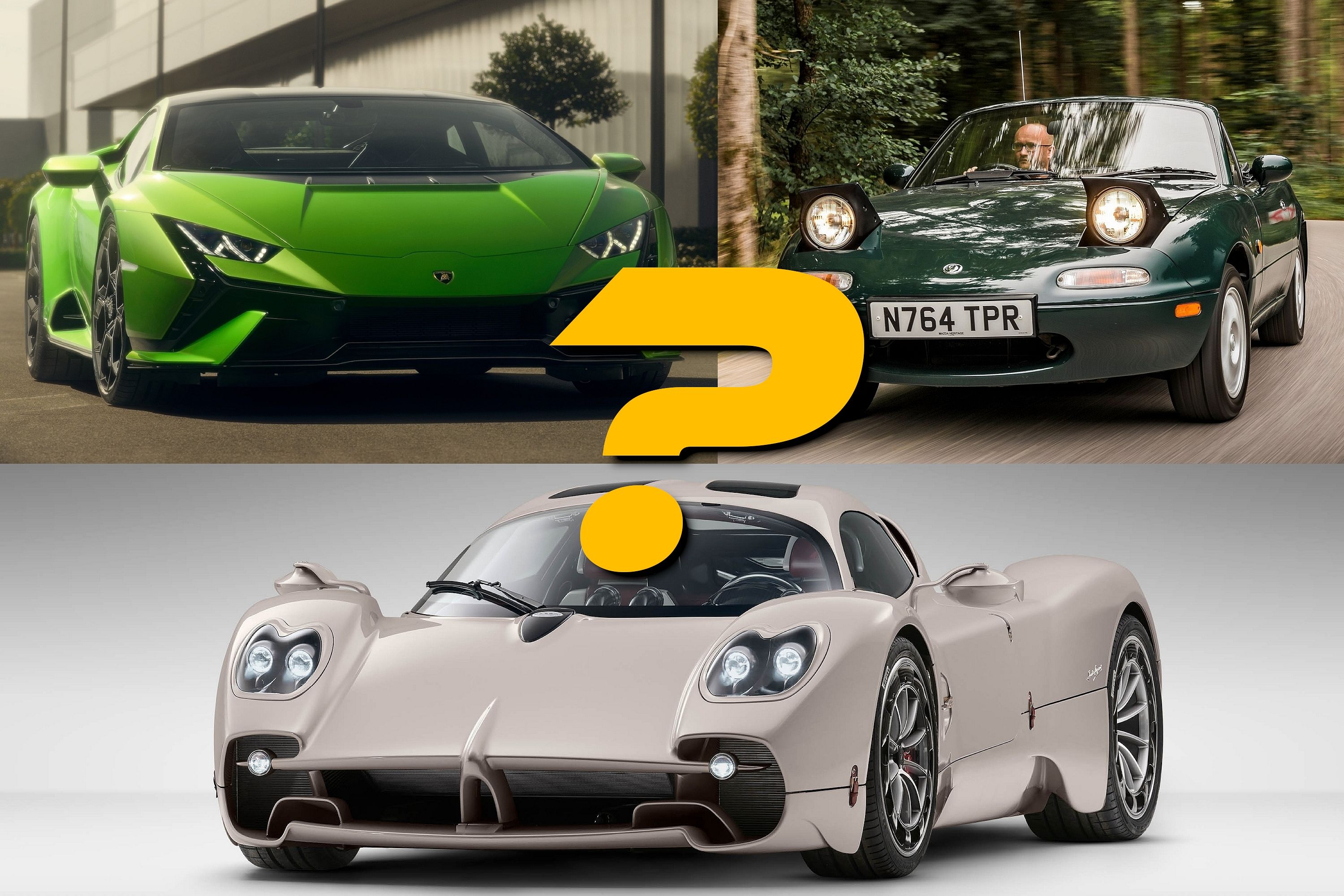
Related
What’s The Difference Between A Sports Car, A Supercar, And A Hypercar?
Is it even possible to define these concepts?
BMW Z4 Stands Alone… For Now
The BMW Z4’s place in the US market has become increasingly unique. Part of a crowd of open-top sports cars that are relatively affordable, the Z4 is now in a league of its own together with the Mazda MX-5 Miata. The competition has either moved on to all-wheel-drive platforms or vanished entirely. In fact, even BMW’s other sports cars, like the M2, now lean heavily into practicality and tech-laden interiors.
Introduced in its current form in 2018, the Z4 shares its platform with the Toyota Supra. However, while the Supra focused on hardtop performance, the Z4 leaned into its roadster heritage. The BMW B48 engine also made its way inside the Supra, but now, the soft-top Bimmer is the only one left using the 2.0-liter four-banger in the form of the Z4 sDrive30i. That doesn’t mean there isn’t a threat to its existence, however.
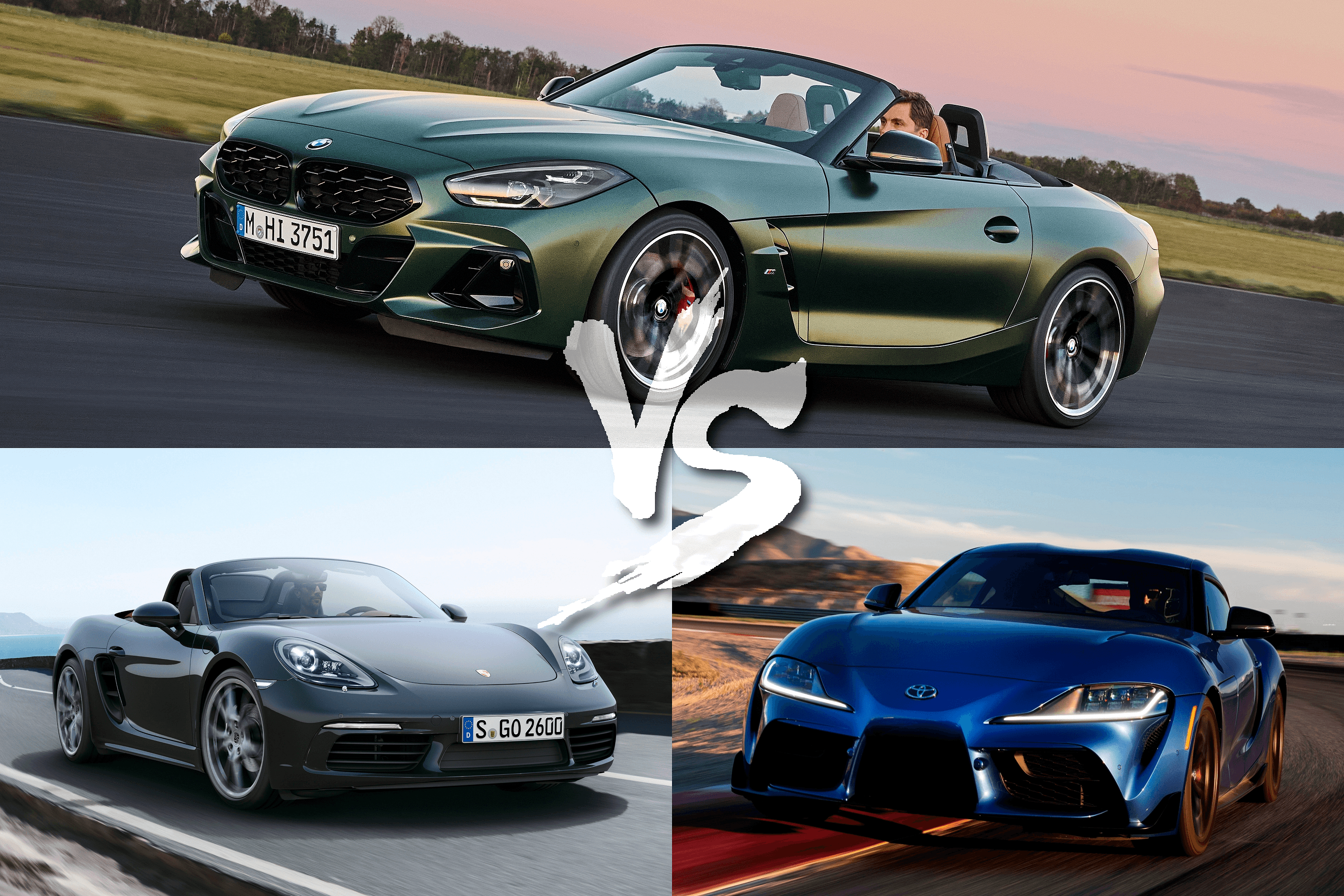
Related
Battle Of The Manuals: BMW Z4 M40i vs. Toyota GR Supra vs. Porsche 718 Boxster
Will a manual gearbox make the BMW Z4 more exciting?
The Tiny But Mighty B48 Four-Banger
|
B48 Engine Specifications (BMW Z4) |
|
|---|---|
|
Configuration |
Inline-Four |
|
Displacement |
2.0-Liter |
|
Aspiration |
Single Twin-Scroll |
|
Power |
255 hp |
|
Torque |
295 lb-ft |
|
0-60 MPH |
5.2 seconds |
At the heart of the Z4 sDrive30i is BMW’s B48 engine, a turbocharged 2.0-liter inline-four. Don’t let its size fool you – this engine punches well above its weight class. With 255 horsepower and 295 lb-ft of torque, it provides enough oomph for a lightweight roadster. Paired with an 8-speed automatic transmission, the B48 delivers smooth and responsive performance, whether you’re cruising down the highway or attacking a twisty mountain road.
Despite being less powerful than the inline-six B58-powered Z4 M40i with a stick shift, the B48 shines in the way that power is delivered. The turbocharged setup ensures strong low-end torque, making the Z4 feel lively and eager in any gear. The B48’s compact size and efficiency also contribute to the Z4’s excellent handling. With less weight on the front axle, the car remains balanced and agile. It’s a reminder that you don’t need massive horsepower to have fun – just the right amount in a well-tuned package.
2:16
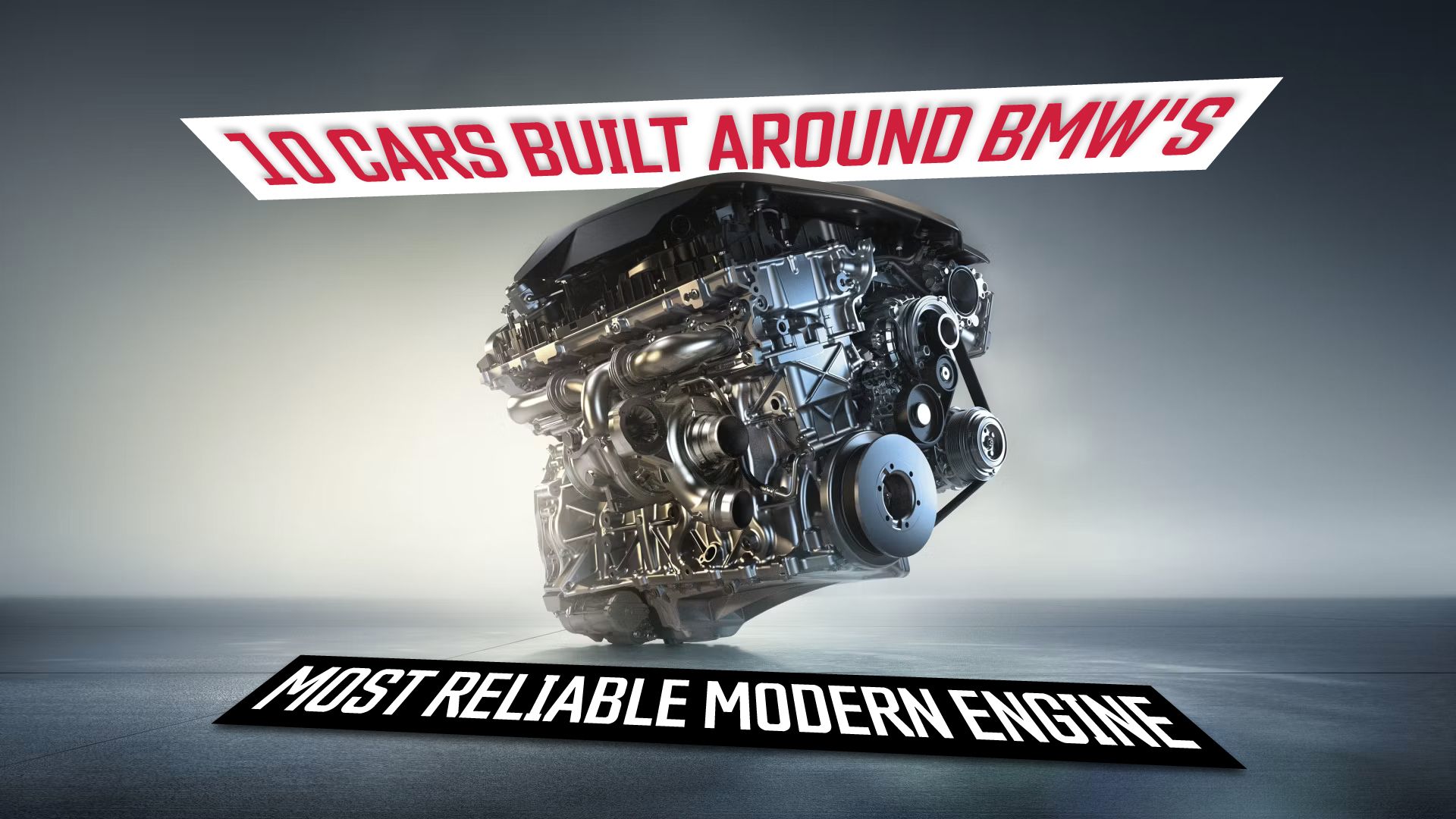
Related
10 Cars Built Around BMW’s Most Reliable Modern Engine
The B58 is a surprisingly adaptable engine and can provide varying levels of power to suit many different cars and powertrain combinations.
The Only Toyota To Use The B48
While the Z4 proudly carries BMW’s roundel, its sibling from a Japanese parent, the Toyota GR Supra, also benefited from the B48 engine. The four-cylinder Supra has been dumped from the range, however.
In its base form, the Supra shared the same turbocharged four-cylinder setup, offering a more affordable entry point to the sports car segment. However, Toyota has since discontinued the four-cylinder Supra in the US, leaving the Z4 as the sole standard-bearer of the B48 engine in this market.
When it was available, the B48-powered Supra offered a sharper, more aggressive feel compared to the Z4. They felt like distinct cars despite their shared DNA. While the power output remained similar, the Supra’s suspension and chassis setup leaned more toward track-focused performance. It was a car that encouraged you to push the limits, with a stiffer ride and more direct handling compared to the Z4’s more relaxed demeanor.
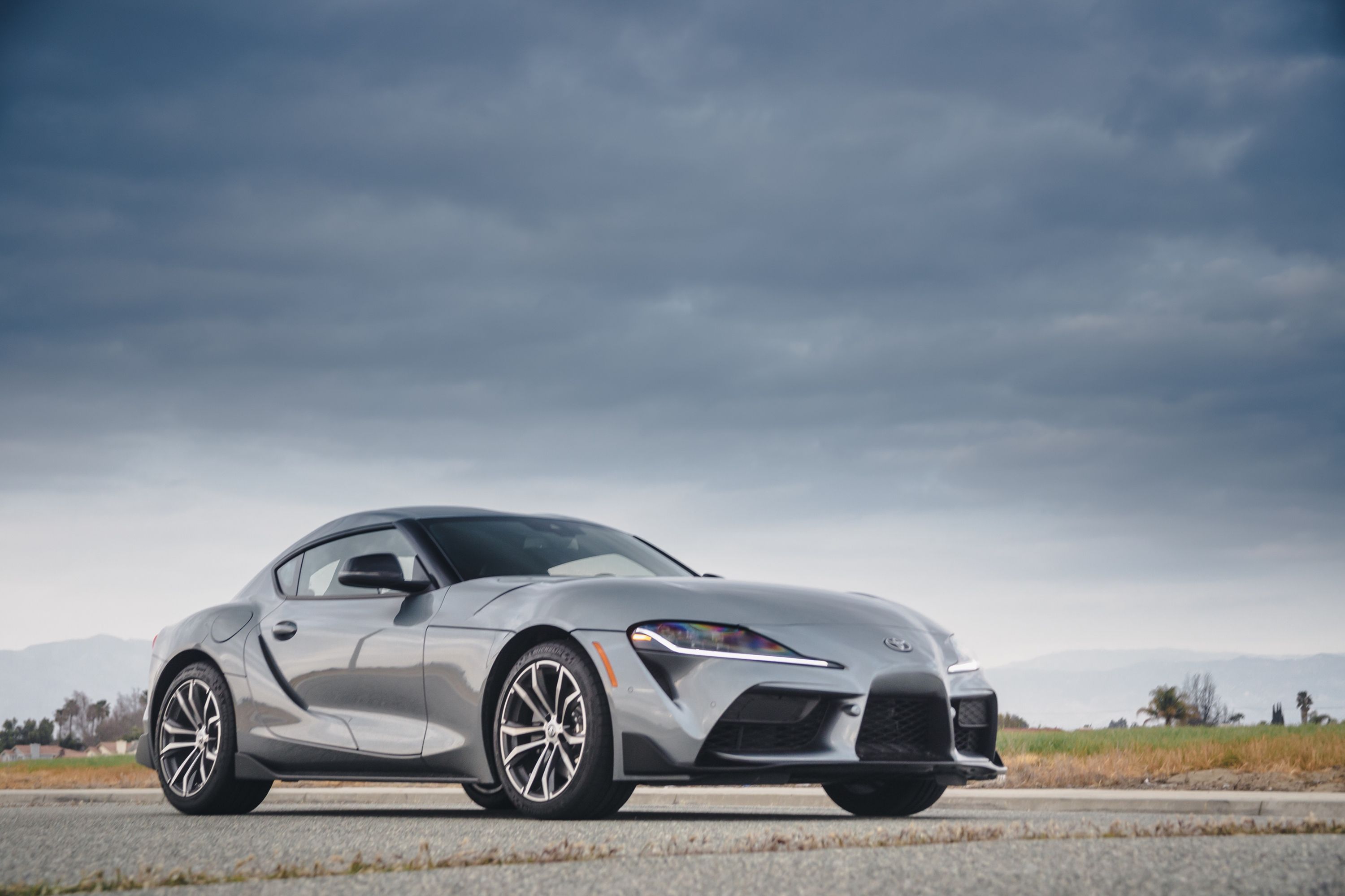
Related
Why The Four-Cylinder Supra Hits The Sweet Spot
There’s a strong case for the entry level four-cylinder Supra being the smartest choice.
B48-Powered Sporty BMWs And Minis
The B48 engine isn’t exclusive to the BMW Z4 and Toyota GR Supra; it’s a workhorse in BMW’s lineup and even powers several Mini models, highlighting its versatility. In the BMW 2 Series, for example, the B48 serves as the base engine in the 230i coupe and convertible. While these cars offer a sporty driving experience, they’re not true sports cars in the traditional sense, with more emphasis on practicality and everyday usability.
Mini, on the other hand, has taken the B48 and injected it with a bit of British flair. The Mini Cooper S and John Cooper Works models use a tuned version of the engine. These cars trade the Z4’s RWD purity for front- or all-wheel-drive setups, but they retain a playful character that makes them entertaining to drive.
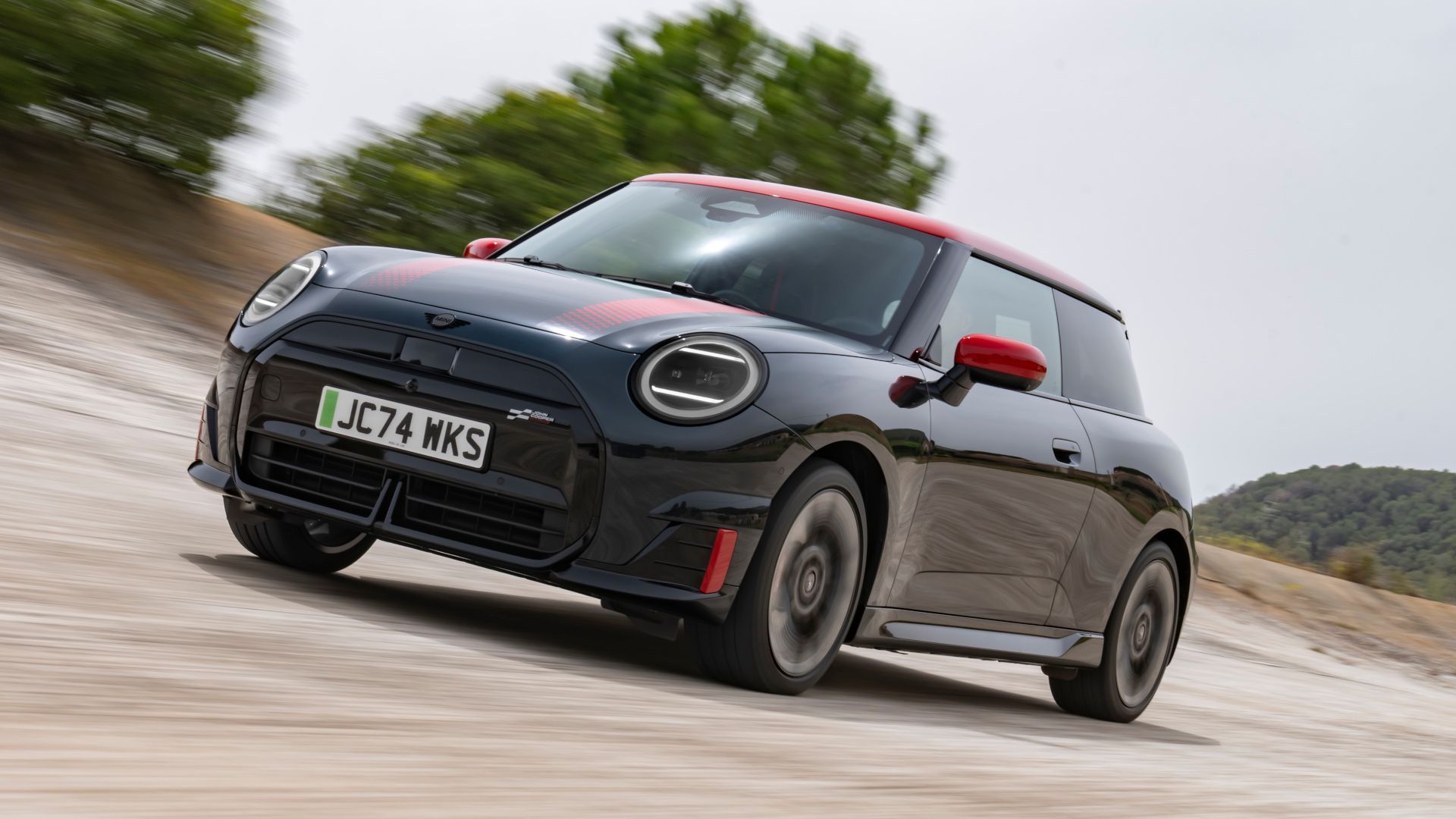
Related
Don’t Hold Your Breath Waiting For The Electric Mini To Come To America
Mini won’t make up its mind, and we don’t blame the automaker.
Upcoming British Contender: Morgan Plus Four
The BMW Z4 will soon face competition from an unlikely source: the updated Morgan Plus Four. This handcrafted British sports car also uses the B48 engine, paired with either a manual or automatic transmission. Confirmed to arrive in early 2025, the Plus Four offers a compelling alternative for enthusiasts seeking a lightweight, RWD sports car.
The Morgan’s retro styling sets it apart from the Z4’s modern design and high-tech features. The shared B48 engine resides under the Plus Four’s hood, making 255 hp and 258 lb-ft of torque. With a 4.8-second sprint to 60 mph, the driving experience is anything but antiquated. With its lightweight chassis and minimalist approach, the Plus Four should deliver a raw, analog feel that’s increasingly rare in today’s market. And you can have it with a manual gearbox, while the Bimmer is automatic only.
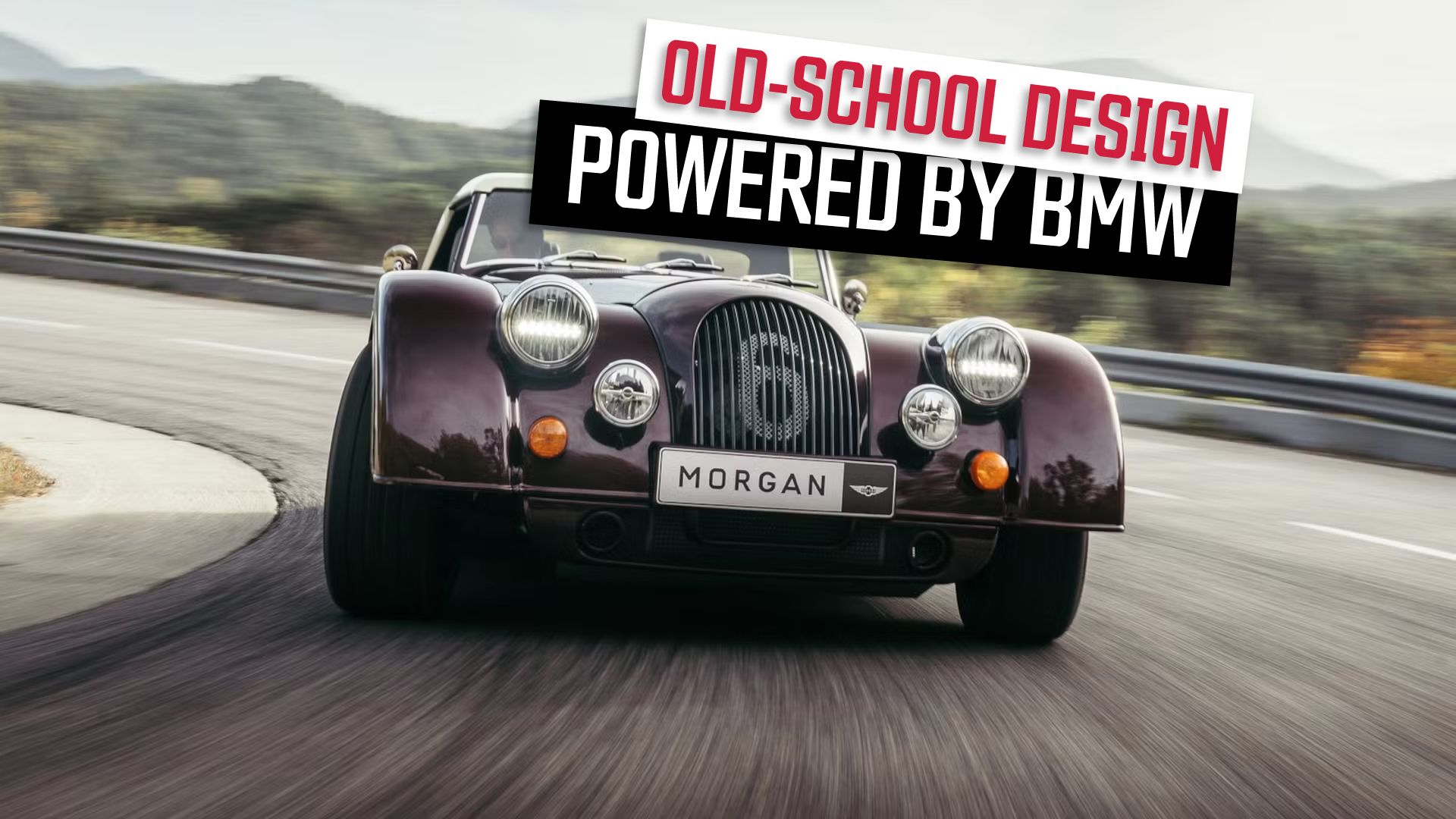
Related
10 Reasons Why You Should Care About Morgan’s Return To The USA
Morgan is set to return to the US market, and this is why the news is immensely exciting for sports car fans.










